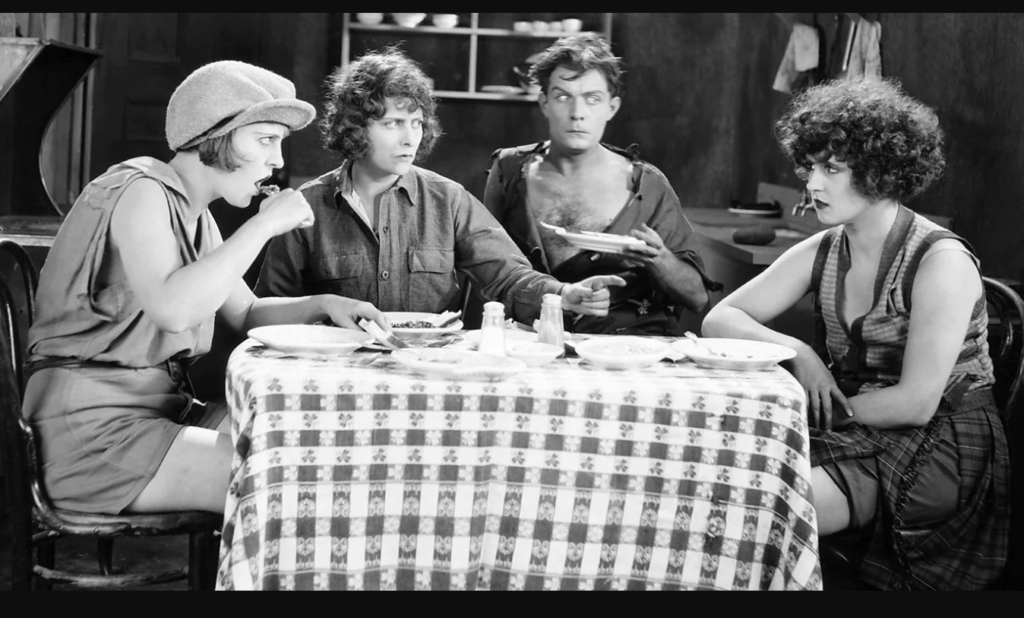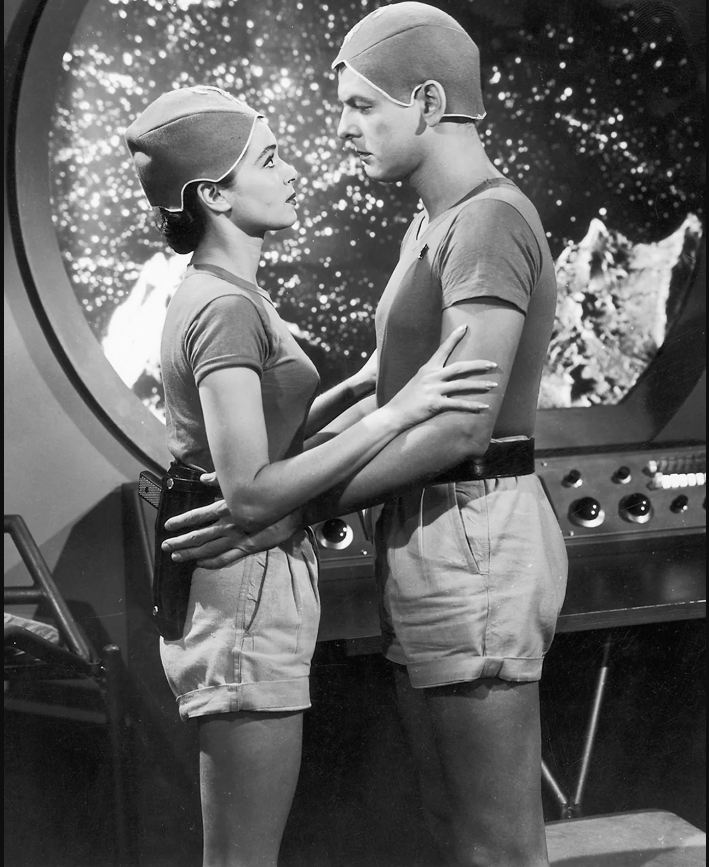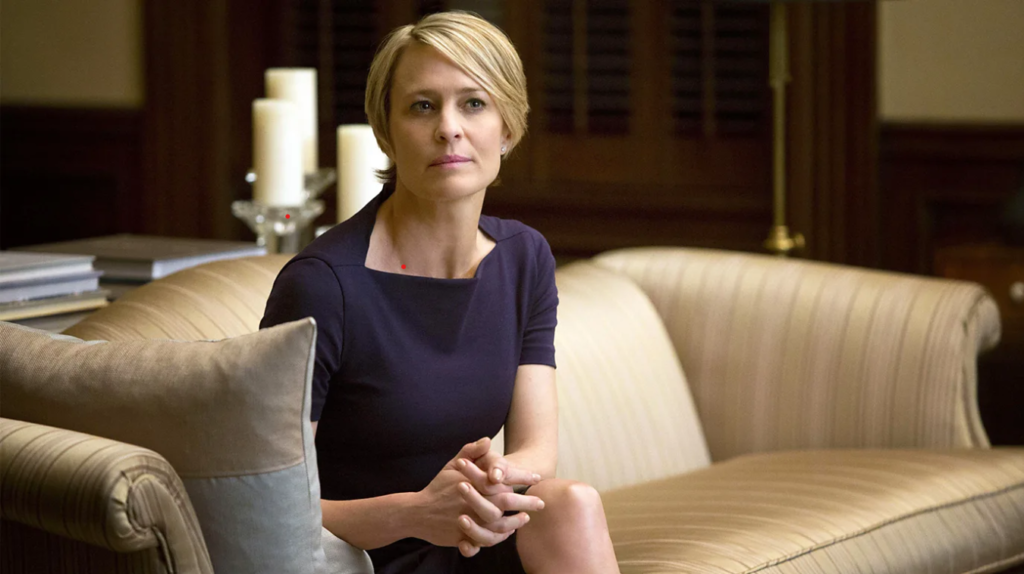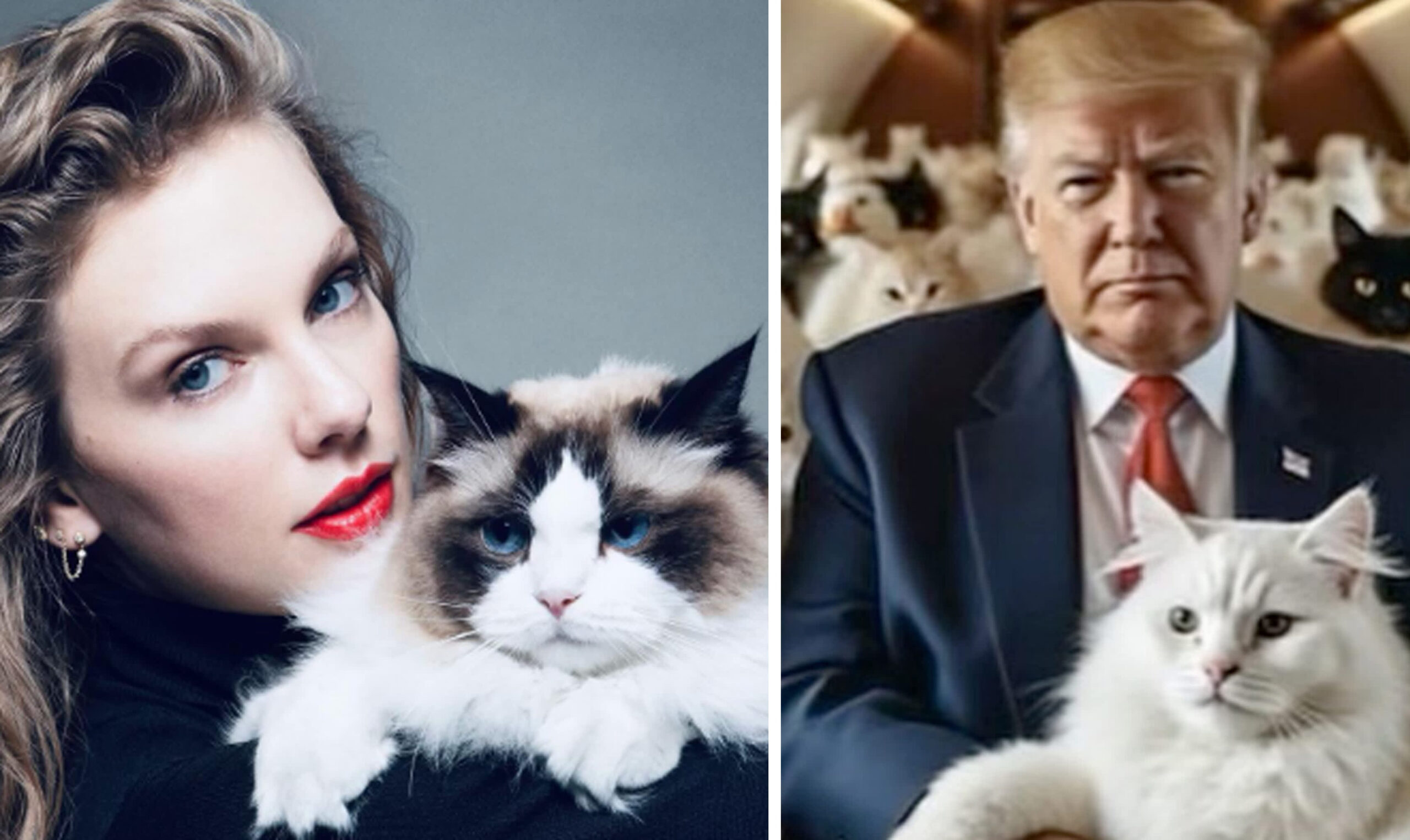One of the first films ever to show a female US president is The Last Man on Earth. It established the tone for subsequent films and television programmes.
A woman was elected president of the United States one hundred years ago. Naturally, this did not actually happen, but one of the first surviving on-screen representations of a woman in that position is a fictional female president who made an appearance in a movie published precisely one hundred years ago, in 1924.
JG Blystone is the director of the silent comedy The Last Man on Earth, which stars Earle Foxe. Foxe portrays Elmer, the lone adult male character in the year 1954 who has not succumbed to “masculitis” yet. Fortunately for him, he was living alone in a jungle when the virus struck, making him a desirable specimen when he returns to society. Two “senatresses” compete in a boxing contest to win the right to marry him after the government pays $10 million for him, but Elmer is only interested in his boyhood sweetheart.
The Last Man on Earth, which is based on a short fiction by John D. Swain, is essentially a pretext for having some risqué fun with the masculine ideal of being pursued by many women. The Virginia State Board of Censors criticised this “smutty” and “indecent” work, noting that “little, if any, attempt is made to conceal the fact that they are propelled by erotic impulse.” However, the movie also makes fun of the concept of a society where women are in leadership roles. The White House is messy and overgrown, and Martha Mattox, the president, would rather care for stray cats than lead the nation.

“Just imagine,” advises Erika Cornelius Smith, a specialist in how women are portrayed in fiction and the head of Research Strategy at the University of Illinois. “Boxing by women! Women in politics! In popular culture, viewers could only handle this kind of thing if they understood it was ridiculous and would never occur.
Few other female US presidents appeared on screen over the remainder of the 20th century. The majority of filmmakers adhered to the well-known status quo of male presidents, while Betty Boop and Olive Oyl made brief animated visits to the White House in 1932 and 1948, respectively. Smith claims that popular culture is a place of opportunity, innovation, and imagination. However, [creators of film and television] find it difficult to strike a balance between the requirement to sell advertising and turn a profit and this fantastic chance to be creative. There must be a market for their shows. Profitability and possibility will always be in competition.
[On-screen] women with political ambition prove to be untrustworthy, or their presidencies often end in tragedy – Karrin Vasby Anderson
However, why would a female president jeopardise that financial success? If a movie or television show deviates from reality in other ways, why should not it do the same here? In the past, such a persona would have turned off more conservative viewers, according to Colorado State University’s Karrin Vasby Anderson, co-author of a book on the topic titled Woman President. According to her, “the US presidency has long been one of the most significant manifestations of heteronormative family values and traditional masculinity in the world, with the first lady playing an essential supporting role.” “That is upended by a female president.”
Changing tropes
In many ways, the president in The Last Man on Earth established the standard for her uninspired successors for decades to come, which may be one of the reasons why when a female president does appear on television, she is rarely taken seriously.
The fact that the scenario is set in a future where, it is implied, the world is strangely different from our own is one recurrent theme. Project Moonbase, a 1953 film set in 1970, is the first example of this, following The Last Man on Earth. As Smith notes, the heroine (Donna Martell), a colonel in command of a lunar mission, is “easily terrified and turns to her male colleague and love interest as soon as the situation becomes serious.” Ernestine Barrier plays Madam President, and other women hold positions of authority.

Back to the Future Part II (1989), Battlestar Galactica (2003-2009), Independence Day: Resurgence (2016), For All Mankind (2019-present), and Do not Look Up (2021) would all go on to depict female presidents in their envisioned futures and futuristic other realities. Lisa Simpson is “America’s first straight female president” in the 2000 Simpsons episode Bart to the Future.The fact that her predecessor was a certain President Trump is one of the episode’s foreboding jokes.Another cliché is that crises, rather than regular, free, and fair elections, are frequently used to elect female leaders. Naturally, it is a particularly serious issue in The Last Man on Earth. To paraphrase Farran Smith Nehme from Film Comment: “Every single man on Earth had to die before a woman could be elected president, with the possible exception of a hermit who lived in a tree and was probably not registered to vote.Even in less dramatic situations, however, it is typical for a woman to take over as president only after the male has passed away or resigned while in office in films and television series. Take a look at a few recent instances: Julia Louis-Dreyfus’s Selina Meyer in Veep (2012-2019), Robin Wright’s Claire Hale Underwood in House of Cards (2013-2018), Patricia Wettig’s Caroline Reynolds in Prison Break (2005-2017), and Geena Davis’s Mackenzie Allen in Commander in Chief (2005) all became presidents without the consent of the electorate.

The fictitious women themselves are not always eager to perform the task either. According to Anderson, “the only women who can be trusted as US president in television and cinema are ones who do not want to be there.” Téa Leoni’s role in Madam Secretary is an example of a heroic female president who must be forced into public service.Politically ambitious women, like Julia Louis-Dreyfus’s character in Veep and Cherry Jones’s president in 24, either turn out to be unreliable or their presidencies frequently end tragically. Male fictional presidents can be effective, politically aspirational, and morally upright. On-screen women still have to decide between being trustworthy and having ambition.
More like this:
- 10 great films about US presidential elections
- The most misunderstood Oscar winner ever
- Why Joker 2’s mega budget spelled disaster



